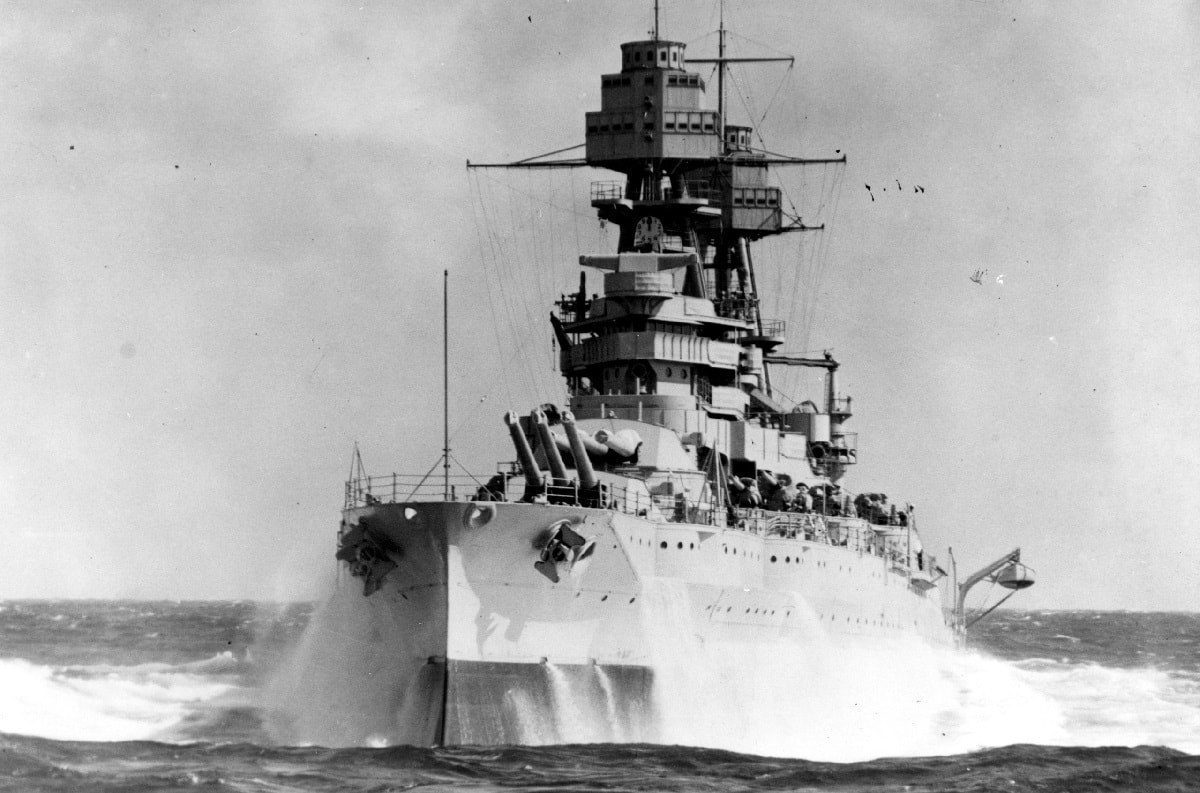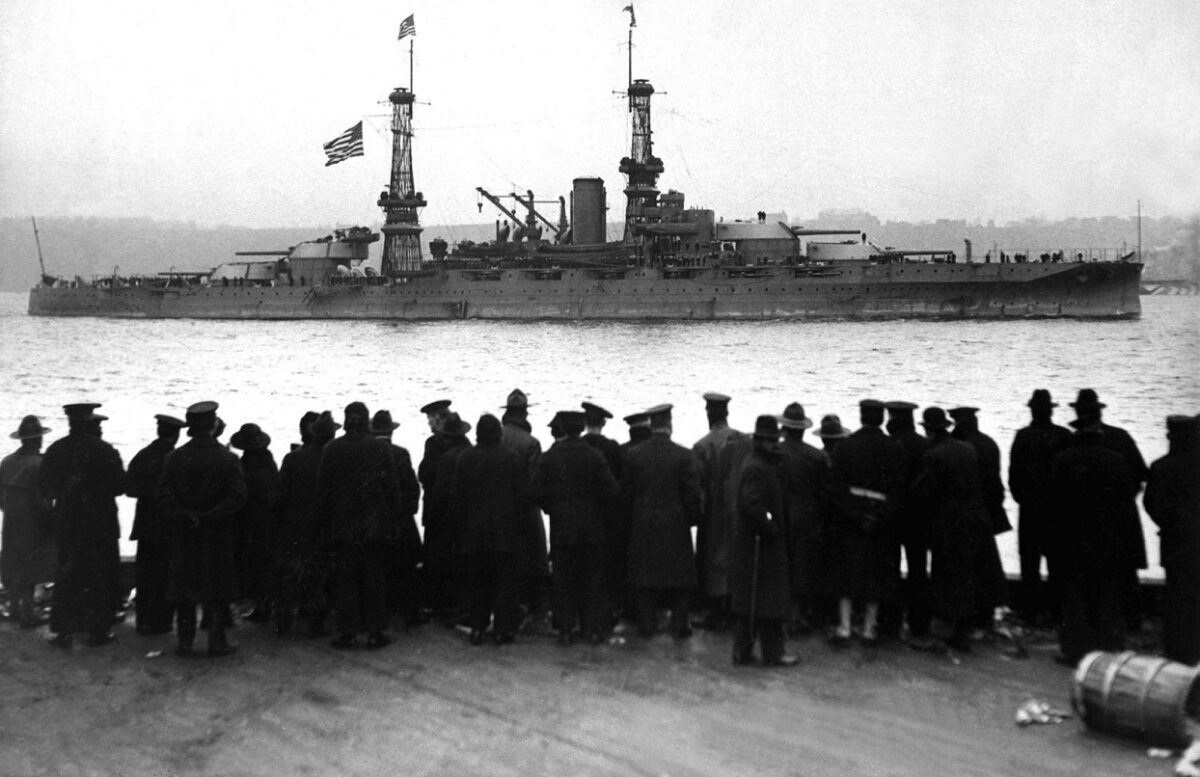Today the USS Arizona memorial serves to honor the 1,177 men who perished onboard during and following the Japanese sneak attack on Pearl Harbor, 80-plus years ago on December 7, 1941.
Almost half of the casualties from the air raid that day were on the United States Navy battleship USS Arizona (BB-37), which was named to honor the 48th state. It was hit four times by Japanese bombers.
Among those killed were 23 sets of brothers who had been assigned to the ship. Of those 77 men, 62 were killed and 23 sets of brothers died on the Arizona. In fact, only one full set of brothers, Kenneth and Russell Warriner, actually survived the attack, and that was in part because Kenneth was away at flight school in San Diego. His brother Russell was badly wounded on the December 7 attack, but recovered. Sadly, both members of the ship’s only father-and-son pair of sailors, Thomas Augusta Free and son William Thomas Free, were both killed in action.
The USS Arizona Band
Prior to World War II, musicians in fleet bands were stationed on ships. They had to be quite versatile – playing military music in the morning, jazz at noon and symphonic numbers at night. They were responsible for all the music played on the vessels. Yet they were still sailors, and those on the Arizona had been trained as ammunition handlers in the event of an emergency.
All 21 members of the USS Arizona band, U.S. Navy Band Unit (NBU) 22, were killed on December 7. Most of its members had been on deck in preparation to play music for the daily flag raising ceremony when the attack began. Instead of playing a single note of the “Star-Spangled Banner,” they dropped their instruments and move to their battle positions beneath the ship’s gun turret (Turret No. 2). The warship had already been hit by three bombs as well as strafing fire, but was withstanding the attack until a fourth bomb penetrated the armor-plated deck near that turret at 8:09am.
At no other time in American history has an entire military band been killed in action.
NBU 22 had only been formed in May 1941 with 20 members and a bandmaster, Fred Kenney. All the musicians had excelled in music in high school, and each played several instruments. Several had even attended college, majoring in music.
Just the night prior to the attack, on Saturday, December 6, 1941, NBU 22 had attended the annual “Battle of Music” competition between military bands from U.S. warships and one Marine Corps Barracks band based at Pearl Harbor. However, the Arizona’s band had not performed as it had already qualified for the final set, which was to be held on December 20, 1941. Following the Japanese attack, the unit was unanimously declared the winner of that year’s contest – while the award was permanently renamed the “USS Arizona Band Trophy.”

- USS Arizona pitching in heavy seas during the 1930s. Official U.S. Navy Photograph, now in the collections of the National Archives.

- USS Arizona. Image: Creative Commons.
The Final Resting Place
Since 1982, the U.S. Navy has allowed survivors of the battleship to be interred in the ship’s wreckage. Following a full military funeral at the Arizona memorial, the cremated remains are placed in an urn and then deposited by divers beneath one of the ship’s gun turrets. A total of 43 former crewmembers from the warship who survived the attack had chosen to have their final resting place on the ship. Those who served on the ship prior to the attack may have their ashes scattered above the wreck site.
Lauren Bruner, who passed away in September 2019, was likely the last remaining Arizona survivor to be interred in the battleship. He had been the second to last sailor to escape the ship’s wreckage and was one of the last three surviving crewmembers. As of March 2020, only two of the ship’s survivors remained: Ken Potts and Lou Conter, and both planned to be buried rather than being interred within their former ship.
Peter Suciu is a Michigan-based writer who has contributed to more than four dozen magazines, newspapers and websites. He regularly writes about military small arms, and is the author of several books on military headgear including A Gallery of Military Headdress, which is available on Amazon.com. Peter is also a Forbes Magazine Contributing Writer.
From the Vault
‘You Really Oughta Go Home’: F-22 Raptor Stealth Fighter Flew Under F-4 From Iran

